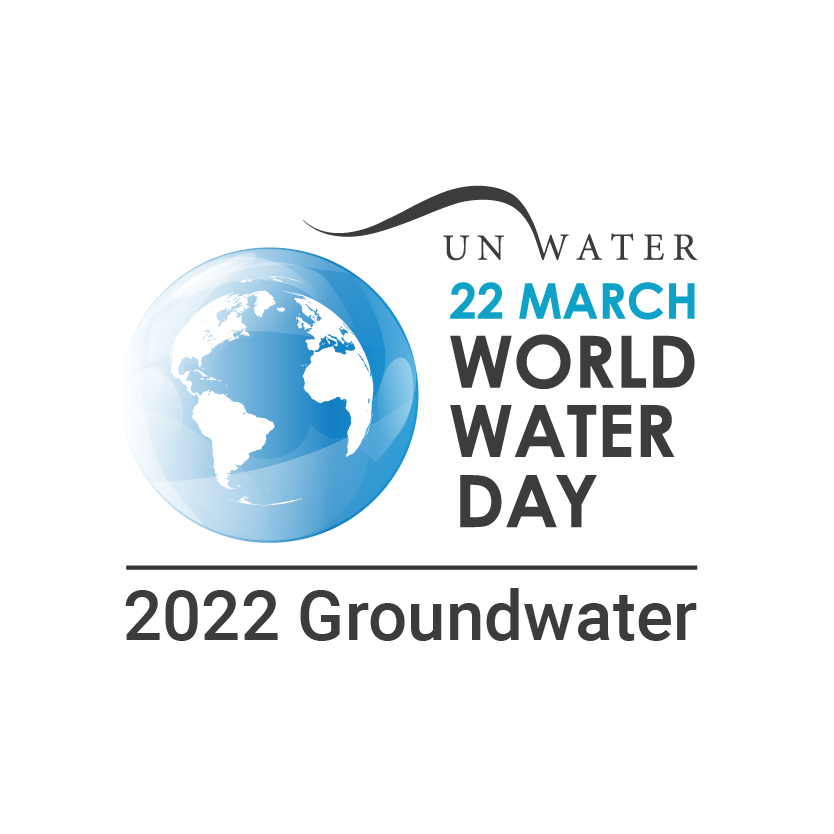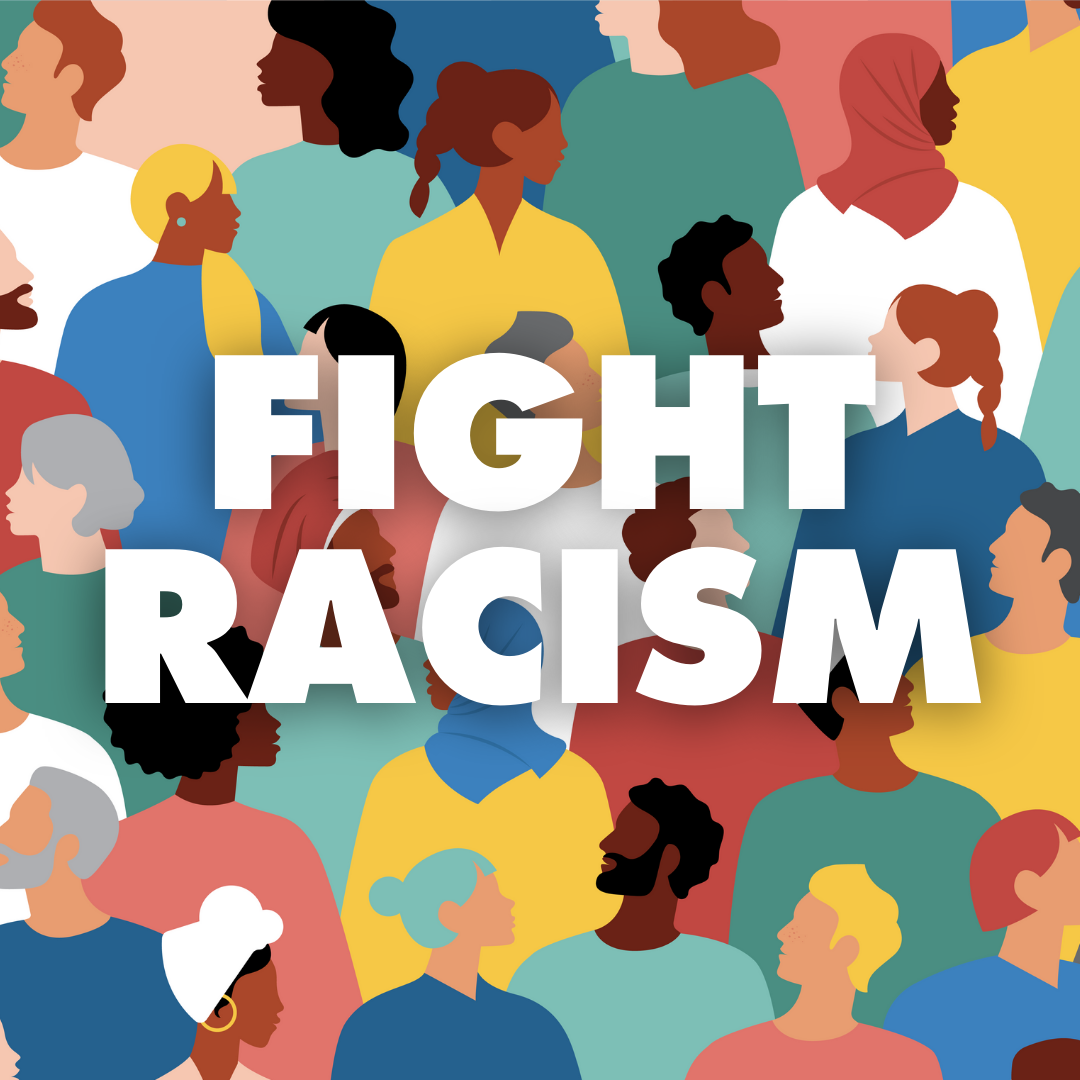Background: Individuals with COPD have increased sensitivity to traffic-related air pollution (TRAP) such as diesel exhaust (DE), but little is known about the acute effects of TRAP on exercise responses in COPD. Research Question: Does exposure before exercise to TRAP (DE titrated to 300 μg/m3 particulate matter < 2.5 μm in diameter [DE300]) show greater adverse effects on exercise endurance, exertional dyspnea, and cardiorespiratory responses to exercise in participants with mild to moderate COPD compared with former smokers with normal spirometry and healthy control participants?
The authors of this paper have developed the first known conceptual framework describing how Policy, Systems, and Environmental (PSE) changes are developed based on 3 Native American Nations.
Overall survival has improved for patients with HIV and TCLs such as AIDS-defining B-cell lymphomas in the last decade. Low CD4 cell count predicts poor overall survival in patients with HIV and TCL, emphasizing the need for effective antiretroviral therapy.
This Series paper supports SDGs 3 and 10, reviewing the intersectionality of HIV-related stigma and ageing-related stigma with health-related quality of life, suggesting that the intersectionality of stigmas creates a new inequality that is greater than the individual components.
This Series paper supports SDG 3, examining hallmarks of ageing as drivers of multimobidity in people with HIV.
An Article in support of SDG 3, estimating the frequency of negative post-discharge outcomes, and assessing risk factors for such outcomes, in people with HIV.
For International Day for the Elimination of Racial Discrimination 2022, Márcia Balisciano, Global Head of Corporate Responsibility at RELX speaks to Jean Chawapiwa and Sara Bodison about the importance of developing diverse supply chains.
World Water Day is on 22 March every year. This year’s theme is ‘groundwater’ and draws attention to the hidden water resource that has always been critically important but not fully recognized in sustainable development policymaking. To raise awareness on sustaining groundwater, Elsevier presents a curated list of publicly available journal articles and book chapters. At Elsevier, we are advancing #SDG6 research and ensuring that #groundwater is sustainably explored, analyzed, and monitored
An all-around solution addressing the water-energy-food nexus for remote rural areas.
The International Day for the Elimination of Racial Discrimination is celebrated every year on March 21st. Elsevier has selected and curated a number of journal articles and book chapters in a dedicated Special issue to highlight this important theme. These articles are freely available to read and share. #fightracism #Standup4humanrights



